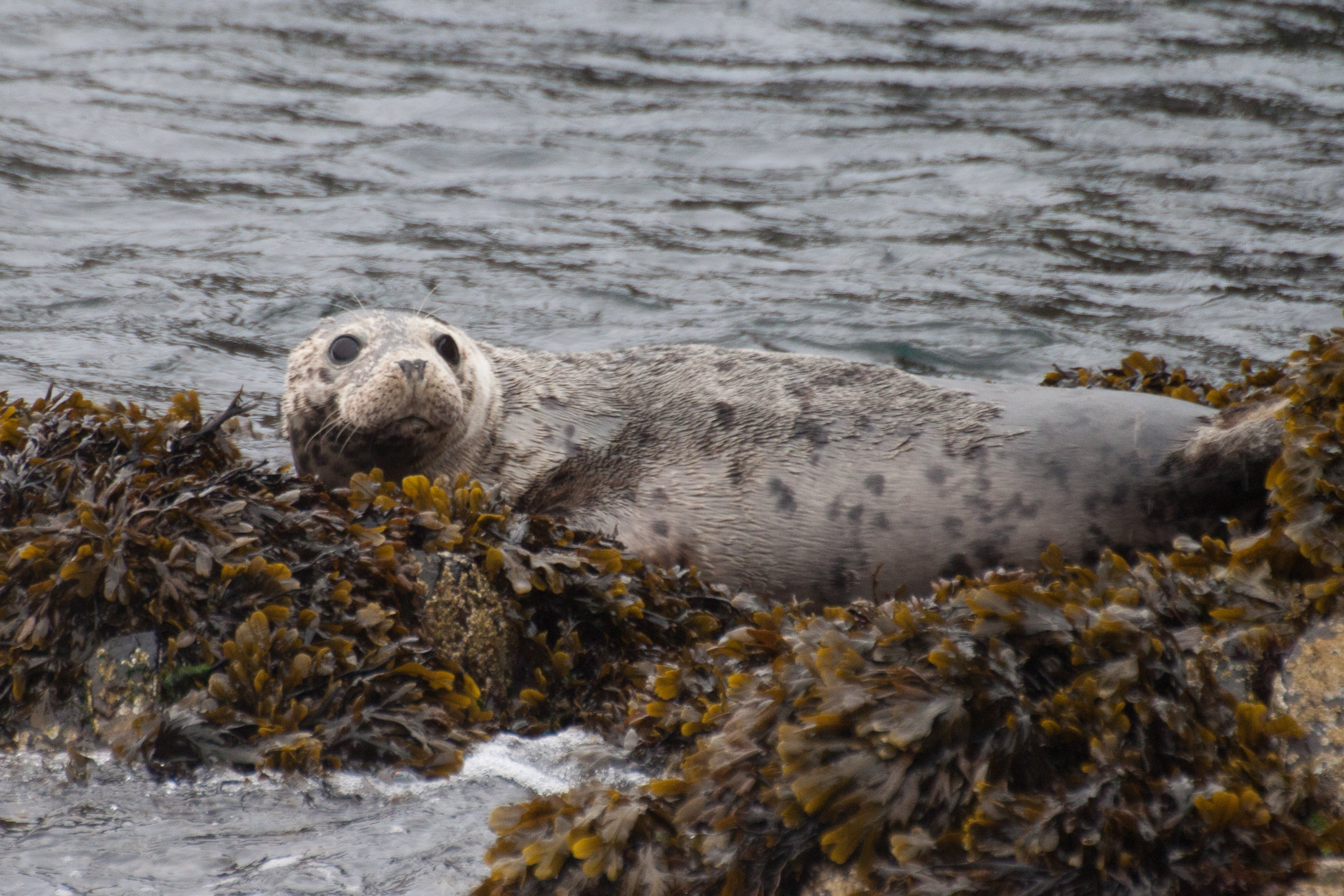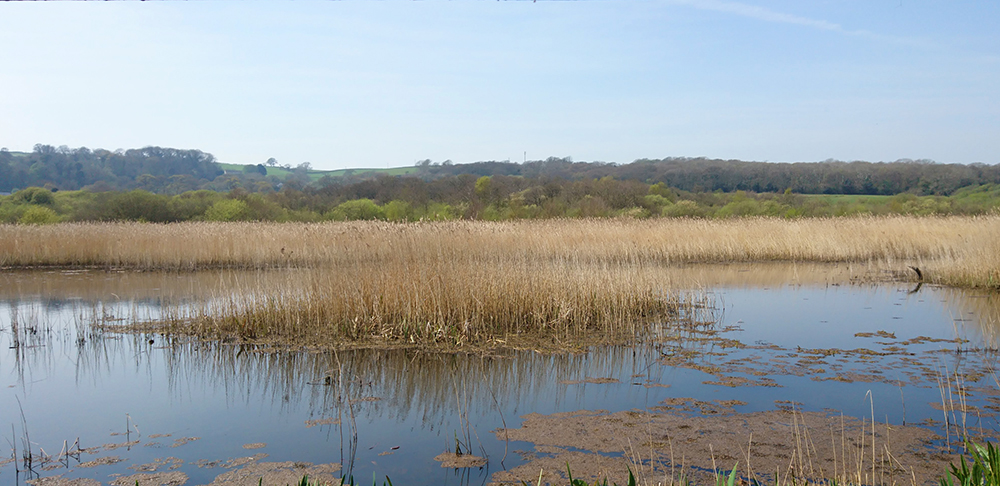
Oxwich National Nature Reserve
Right on our doorstep is the Oxwich National Nature Reserve – a system of sandy dunes backed by salt marsh and fresh water marsh, as well as extensive reed swamp. With autumn being the migratory season for birds, it’s the perfect time to spot them stopping off to feed, particular from the interior of the bird hide, which lies on the other side of Oxwich Marsh Road, and can be accessed via a boardwalk. Birds such as Water Rails, Bearded Tits and Herons have been seen in the reserve, while Sparrowhawks, Buzzards and Woodpeckers have been spotted in the neighbouring Nicholaston woods.
Further information
www.naturalresources.wales/days-out/places-to-visit/south-west-wales/oxwich-national-nature-reserve
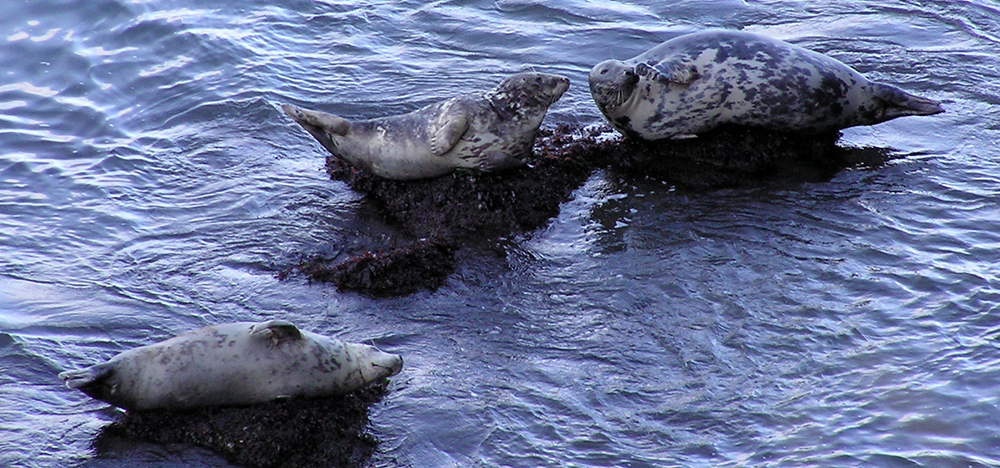
Worm’s Head, Rhossili
Located at the most westerly point on Gower, the rocky outcrop of Worm’s Head is joined to the mainland by a causeway, which is covered with water at high tide. It is home to a variety of seabirds and perhaps most notably – a resident colony of Atlantic Grey Seals. By far the best way to see them is by boat – with local company Gower Coast Adventures offering dedicated wildlife trips from Oxwich Bay to Worm’s Head and back. On these trips, you may catch sight of the Atlantic Grey Seal, and, as autumn is seal pupping season, a glimpse of the white fluffy pups sheltering beside the rocks. Common dolphins, though usually seen in the summer months, have been known to make an appearance in early autumn, and are quite a sight to see, gliding along in the water.
Further information
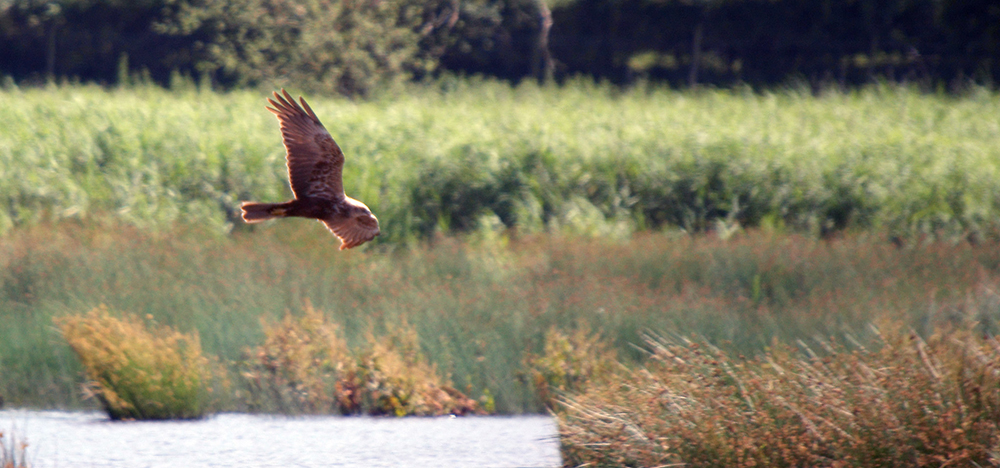
Cwm Ivy,Llanmadoc
Located on the north of Gower close to the village of Llanmadoc lies Cwm Ivy – comprising an ancient broad-leaved woodland and salt marsh, both of which are a haven for wildlife. The marsh came to be in 2014, when water breached the sea wall, flooding the grassy fields that were once there. The transformation from lush pasture to salt water marsh has been an hugely positive one however, with an increased number of plants and fish bringing wildlife to the area. Starting from the car park at the edge of Cwm Ivy hamlet, there is a National Trust walking route which takes in the woods, marsh and part of the coastal path, stopping off at two bird hides along the way. Patient wildlife spotters have seen kingfishers, marsh harriers and even otters in this area!
Further information
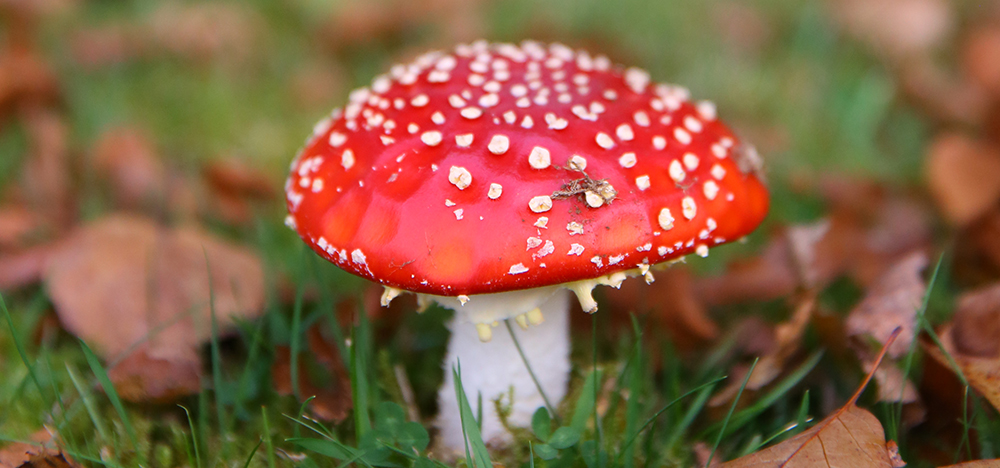
Cwm Clydach
The RSPB Nature Reserve of Cwm Clydach, situated on the outskirts of Clydach in Swansea, is not technically on Gower, but is well worth a stop off on your journey to or from there. A footpath from the site car park follows the Lower Clydach River which runs through the reserve, emerging onto the picturesque common, and offering breathtaking views of the Brecon Beacons. In autumn, birds such as Siskins and Lesser Redpolls feed on the seeds of alder trees, while brightly coloured fungi including fly agarics and chantarelles can be seen. In winter, look out for buzzards, ravens and even red kites soaring overhead, while smaller birds such as Nuthatches and Treecreepers have been seen searching for food amongst the trees.
Further information
www.rspb.org.uk/reserves-and-events/reserves-a-z/cwm-clydach
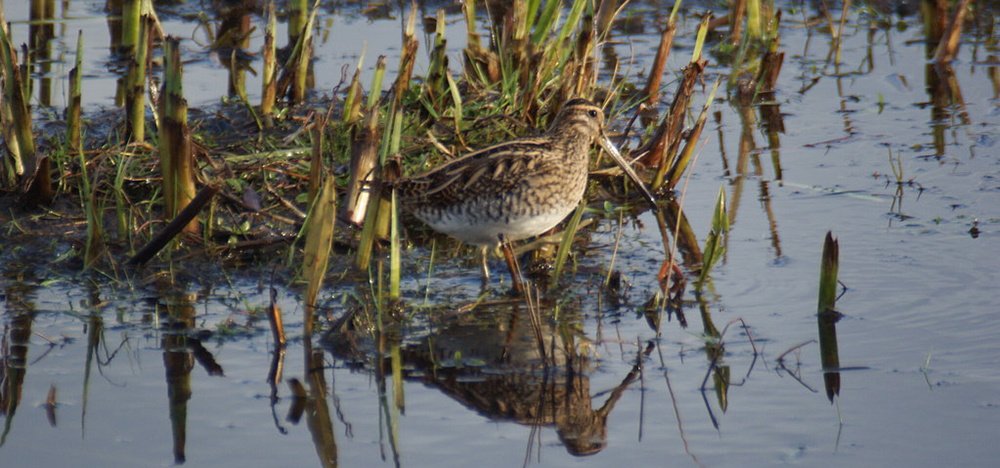
Broad Pool, Cefn Bryn
Broad Pool is the largest body of fresh water on the Gower Peninsula, and can be found below the ancient 5-mile ridge of Cefn Bryn. It can be reached from the north via Cilibion or from the south via Reynoldston. Managed by The Wildlife Trust of South & West Wales, the reserve hosts a rich variety of aquatic plant life, insects, amphibians and birds, as well as herds of wild ponies who can often be seen quenching their thirst at its edge. Passage migrant birds such as Ruff and Spotted Redshank can be seen during autumn and winter, as well as Herons, Snipes, and Little Grebes. Sharp-eyed wildlife spotters may also catch a glimpse of dragonflies or damselflies around the pool in early autumn if the weather is still warm, while winter provides a good opportunity to spot Water Stick Insects and Water Scorpions to name a few.
Further information
www.welshwildlife.org/nature-reserve/broad-pool-cilibion-gower-swansea
PLEASE NOTE
All walks mentioned in this article are undertaken at your own risk, and we advise you to do your own research before embarking on them.
We also ask that you respect the wildlife and sites mentioned in this article, by following the guidelines set out by The Wildlife Trust of South and West Wales, which can be found HERE.
Image credits: Atlantic Grey Seal – IMG_2515-6.jpg by Joanne Goldby on Flickr, licensed under CC BY-SA 2.0 | Worm’s Head Seals By Yummifruitbat – Own work, CC BY-SA 2.5, Link. | Cwm Ivy – Marsh Harrier, Leighton Moss RSPB, July 2012 by Stephen Gidley on Flickr, licensed under CC BY 2.0. | Cwm Clydach – Amanita muscaria by Alexandre Dulaunoy on Flickr, licensed under CC BY-SA 2.0 | Broad Pool – Snipe, Leighton Moss, November 2008 by Stephen Gidley on Flickr, licensed under CC BY 2.0.

